June 9, 2025 | 10:48 GMT +7
June 9, 2025 | 10:48 GMT +7
Hotline: 0913.378.918
June 9, 2025 | 10:48 GMT +7
Hotline: 0913.378.918

Thriving durian orchards in Chanthaburi province, Thailand.
In the durian capital of Thailand, Chanthaburi province, durian orchards are strategically situated on elevated terrain. Each tree is deliberately spaced apart, forming an "isolated" arrangement to prevent the spread of Phytophthora abscess and other soil-borne diseases. The orchards feature wide, open aisles, providing convenience for mechanization.
The key principle in Chanthaburi's durian cultivation is to elevate the trees, even on hills, utilizing an automated irrigation system. Some growers employ weather forecasting devices and drones to create soil maps, accurately locating each plant. This allows for periodic surveillance, assessment, and "diagnosing" (imagery) of each tree.
The grass is meticulously maintained and controlled through precise trimming between the pathways within the orchards. Within a 40-50 cm radius around the tree base, grass and fallen leaves are cleared, ensuring the tree base is well-ventilated to receive sunlight and prevent pathogens. The orchards boast low, aesthetically pleasing canopies.
Mr. Sakda Sinives, a renowned Thai agricultural expert, notes that Thailand's durian industry has established standards in varieties, cultivation techniques, harvesting, packaging, preservation, and processing. There is a particular emphasis on processing methods such as peeling, freezing, and deep processing. This strategic focus allows for market regulation, reduced transportation costs during export, and avoiding waste disposal (such as durian peels) in the importing country.
For over two decades, Thai durians, primarily the Monthong variety, have dominated the Chinese durian market. This occurred before China officially began importing durians from Vietnam. The meticulous process of researching, selecting, and reproducing the popular Monthong variety significantly contributes to the stable growth of Thailand's durian industry. This approach addresses disease and weather resistance weaknesses in durian varieties, establishing a longstanding tradition in Thailand's agricultural practices.
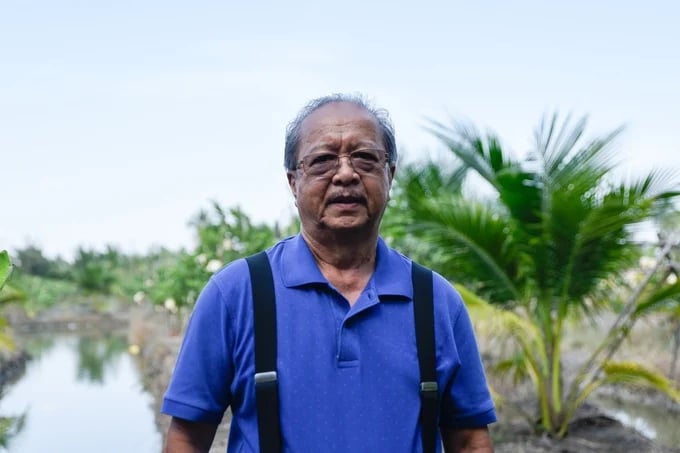
Thai expert Sakda Sinives has over 30 years of experience in cultivation and plant protection.
The name "Monthong" translates to "golden pillow," evoking a rich aroma, sweet taste, and a thick, creamy, smooth pulp. This variety has gained immense popularity among Chinese consumers. According to data from the Thai Ministry of Agriculture, over 90% of Monthong durian production is exported to China, with the remainder consumed domestically or exported to the US and Europe.
Monthong durian thrives in Thailand and has also found success in Southeast Asian countries like Vietnam, Cambodia, Indonesia, and Myanmar. However, concerns arise about the potential oversupply of this variety, as many countries are cultivating it.
To enhance competitiveness in the primary market, China, the Thai Government and the Ministry of Agriculture have implemented strategies supporting the durian industry. These initiatives include quality control measures for fresh export products and the expansion of deep-freezing and processing factories. This diversification aims to extend storage time and cater to the demands of emerging markets.
Efforts to develop new durian varieties, especially those with delightful flavors but less pungency than Monthong, have yielded positive results in recent years. This opens up opportunities to introduce this unique agricultural product to consumers in Western countries, where the strong smell of durian has been a deterrent.
Recognizing the rapid growth in the area, output, and quality of durian from other Southeast Asian countries, such as Vietnam, Cambodia, Myanmar, and the broader region, the Thai people are motivated to stay one step ahead to maintain their leadership in the industry.
Reflecting on the initial period when Thai durian entered the Chinese market, the expert shared, "Thai farmers have a long history of cultivating durian. Over 20 years ago, we were thrilled when China began importing durian on a large scale at high prices. However, challenges in controlling fruit ripeness, design, pests, and pesticide residues quickly made the product lose its appeal in the market of 1.4 billion people within a year of export. We contemplated solutions such as frozen and processed goods to diversify the market, but the technology at that time did not meet today's standards. These issues led to durian losing its value and becoming unsellable, resulting in a market downturn."
Despite durian's extensive cultivation, its inability to be consumed led Thai farmers to opt to cut down the trees and transition to other crops. One such alternative was dragon fruit, with seedlings imported from Vietnam. Unfortunately, the dragon fruit succumbed to Phytophthora infection due to being cultivated in soil previously exposed to durian trees.
“During that period, when world rubber prices soared, farmers shifted from dragon fruit to rubber cultivation, particularly during the tenure of former Prime Minister Thaksin (2001 - 2006). Thailand even proposed forming a rubber alliance with Malaysia and Indonesia, aspiring to dominate the global industry. However, as rubber cultivation rapidly expanded in other countries like Vietnam, Laos, Cambodia, and Myanmar, prices plummeted. Once again, farmers abandoned rubber in favor of durian cultivation. This cycle of planting and cutting, cutting and planting, persisted before we could establish sustainable development practices as seen today,” shared the expert.

Thailand has systematically employed high-tech processing and integrated blockchain technology to facilitate traceability.
Research, technology development, and durian quality control policies have played crucial roles in the Thai durian industry's recovery and stable development following periods of volatility. Amid numerous durian varieties, Monthong was meticulously chosen by Thai scientists and popularized among farmers. This effort increased the plant's disease resistance, enabling it to withstand harsh weather conditions and ensuring stable product quality upon reaching consumers.
Simultaneously, the Thai Government is actively promoting awareness among farmers about the significance of controlling product quality and reducing pesticide residues. This includes monitoring the days from pollination to harvest and checking the fiber content inside durian fruit.
Starting in 2023, Thai regulators will also grant licenses to durian quality inspection companies, allowing them to participate in evaluating and issuing quality certificates to businesses specializing in exporting durian to China. This move represents a form of self-regulation for quality control before durian products reach consumers.
In addition to exporting fresh products, Thailand actively supports companies in investing in and developing the processing sector, specifically freezing and deep processing. This strategic move aims to cater to a broader customer base and diverse markets while effectively regulating durian output during peak harvest seasons.
Compared to over 20 years ago, an increasing number of Chinese people now appreciate durian, coinciding with the robust growth of the country's economy, solidifying China's position as the world's leading durian consumer market.
Mr. Sakda emphasized the critical quality control issue, stating, "In Thailand, we establish close ties between export businesses, packaging units, and durian farmers. When complaints about durian quality arise from China, Thailand's Department of Horticulture collaborates with export businesses, followed by packers and durian orchards. If a fault is determined, businesses risk export suspension, packers may have their codes revoked, and farmers may lose their growing area codes. Resumption of operations is only possible once these issues are completely rectified. Through this stringent approach, we effectively control the quality of exported durian."
Turning attention to Vietnam's durian industry, Mr. Sakda advised on the necessity for proper development from the outset. In 2023, Vietnam witnessed remarkable growth in both output and value of durian exports. While Thailand dominated the Chinese market in the first 10 months with nearly 903,903 tons valued at over 4.419 billion USD, Vietnam surged to the top in the last two months, reaching over 100,000 tons/month compared to Thailand's approximately 25,000 tons/month.
Vietnam's success in the year's final months is attributed to the advantageous distribution of durian-growing areas from the Central Highlands to the Mekong Delta provinces. These regions boast diverse climate and soil conditions, favorable for year-round cultivation and continuous yields. This favorable condition allows Vietnam to establish a systematic durian farming process tailored to each region, fostering a more universal and robust agricultural processing industry.

Thai experts assess that Vietnam will be a durian powerhouse.
Mr. Sakda further analyzed, "Vietnam's proximity to China and the continually improving transportation infrastructure provide a significant competitive advantage. While it typically takes up to 5 days for a container of durian to reach the Chinese border gate from Thailand, Vietnam accomplishes this in just 2-3 days. The shorter shipping times serve as Vietnam's advantage, enhancing trade performance. Vietnam must secure the trust of Chinese consumers and regulatory agencies regarding durian quality to capitalize on its geographical proximity. With prestige and trust established, China is likely to simplify the inspection process, streamlining the export of agricultural products."
Drawing from Thailand's experiences, Mr. Sakda emphasized the importance of Vietnam avoiding repeating past mistakes, specifically the pitfalls of overgrowing output without adequate quality control, resulting in poor consumption and farmers resorting to cutting down durian trees.
Learning from Thailand's journey, Vietnam needs to adopt a strategic approach from the outset, encompassing careful variety selection, application of suitable organic fertilizers and plant protection regimes, and integration of mechanization and technology into the farming process. A crucial aspect is quality control in exported durian, accompanied by advancements in post-harvest and processing technology to address potential risks preemptively.
Regarding quality management, Vietnam should expeditiously implement a policy on licensing durian export quality inspection units, ensuring that goods reach consumers in optimal condition. Vietnam can focus on diversifying its market, potentially tapping into the channels of overseas Vietnamese, who are scattered across the globe. In essence, Vietnam has the opportunity to deploy the right product line from the beginning without undergoing the trial-and-error process and subsequent reforms experienced by Thailand in the past.
Adding to these advantages, the Vietnamese durian industry, and agriculture in general, possesses favorable conditions for robust and sustainable development. The state plays a crucial role by developing policies that support scientific research, encourage agricultural investment, and promote trade. The Vietnamese people, known for their diligence, intelligence, and proficiency in foreign trade, can contribute significantly to the industry's success. As long as Vietnam effectively controls quality and diversifies markets, it is poised to become a durian powerhouse in quantity, quality, and export value," concluded the expert.
Translated by Quynh Chi
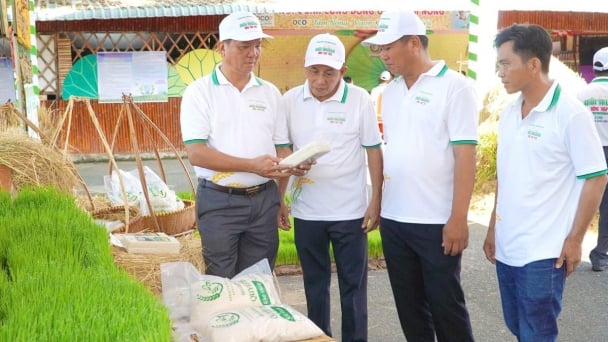
(VAN) Dong Thap has launched a meeting in response to the Action Month for the Environment under the theme 'Live Green - Join Hands for a Green Economy' at Tram Chim National Park.
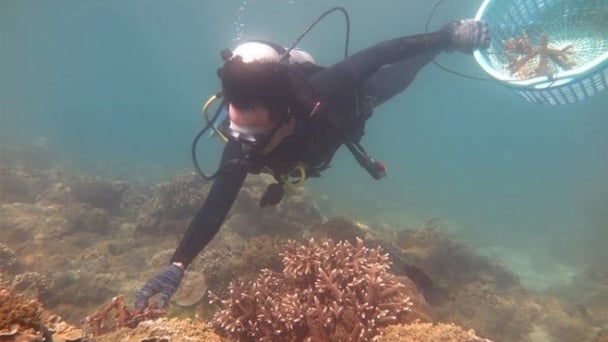
(VAN) The ocean has the capacity to absorb millions of tons of carbon, provided that mangrove forests, coral reefs, and biodiversity are protected.
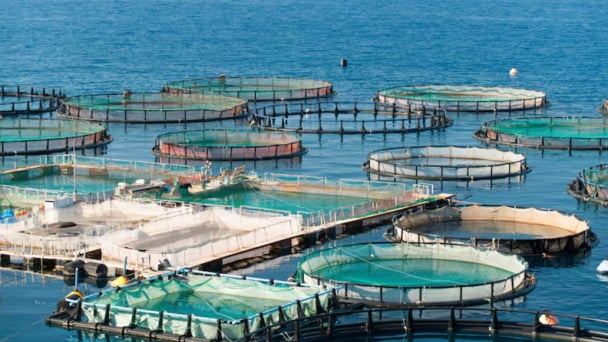
(VAN) Technology is redrawing the map of Vietnamese aquaculture: more modern, greener, and more sustainable.
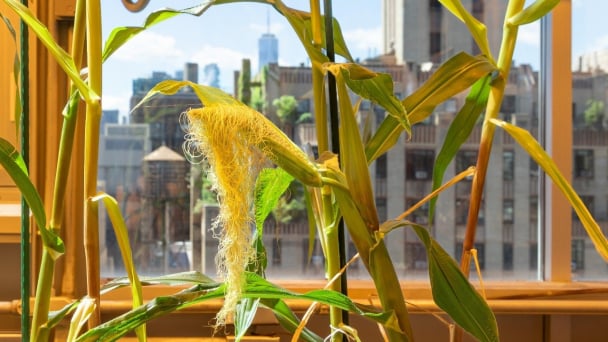
(VAN) Novel process harnesses machine learning to reveal groups of genes that determine how efficiently plants use nitrogen.

(VAN) Several scientists and farmers are experimenting with soil treatment in some key durian-growing regions such as Cai Lay (Tien Giang), Dak Song, Gia Nghia, and Dak R’lap (Dak Nong).
/2025/05/25/4127-3-073637_820.jpg)
(VAN) Thanks to the promotion from an FAO-implemented project, vegetable production in greenhouses in Moc Chau has seen strong development, from 1.5 hectares in 2021 to nearly 50 hectares in 2024.

(VAN) FAO has recently supported USD 140,000 to implement the project 'Risk mitigation human-animal interface risks through disease control initiatives in pig farming.'